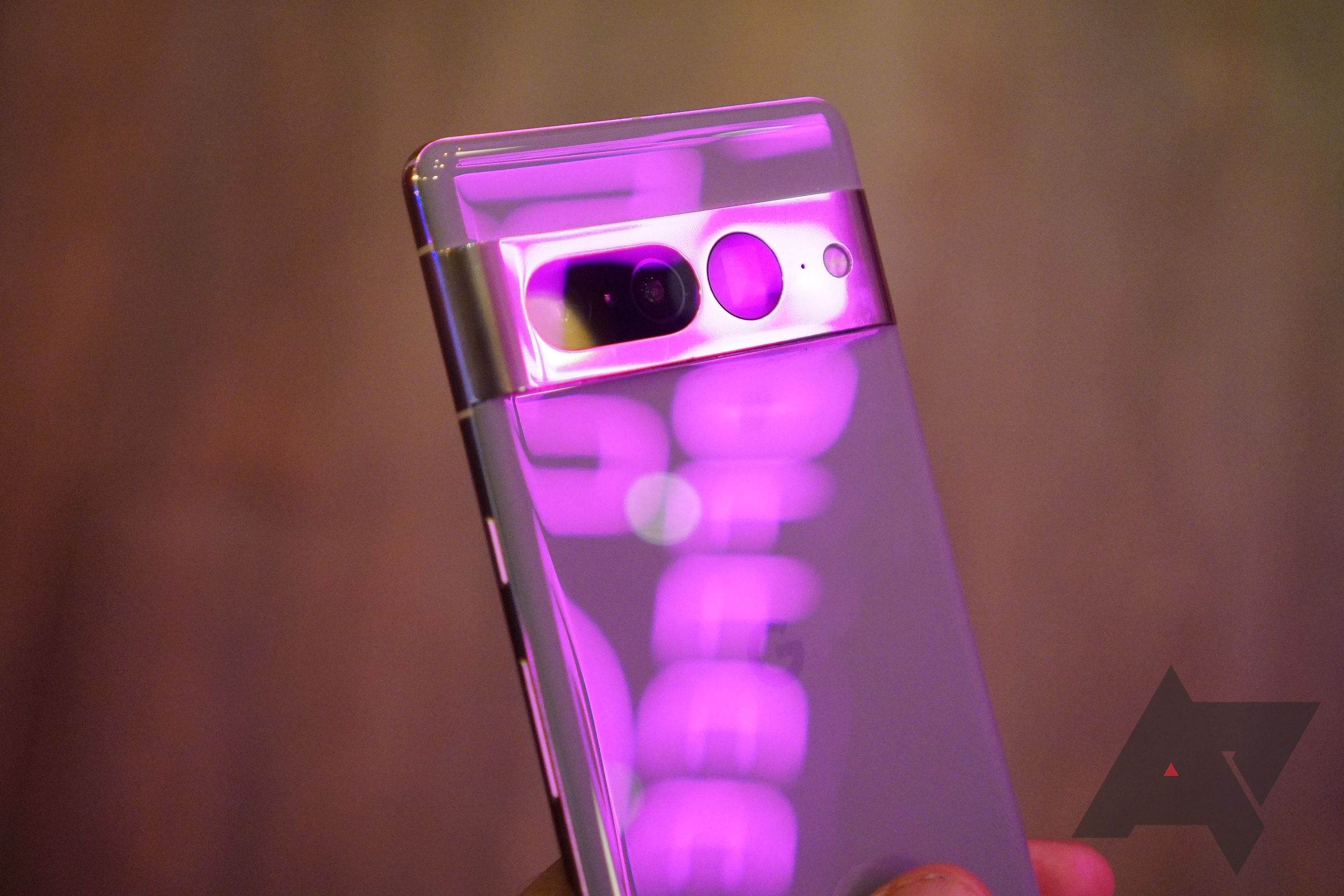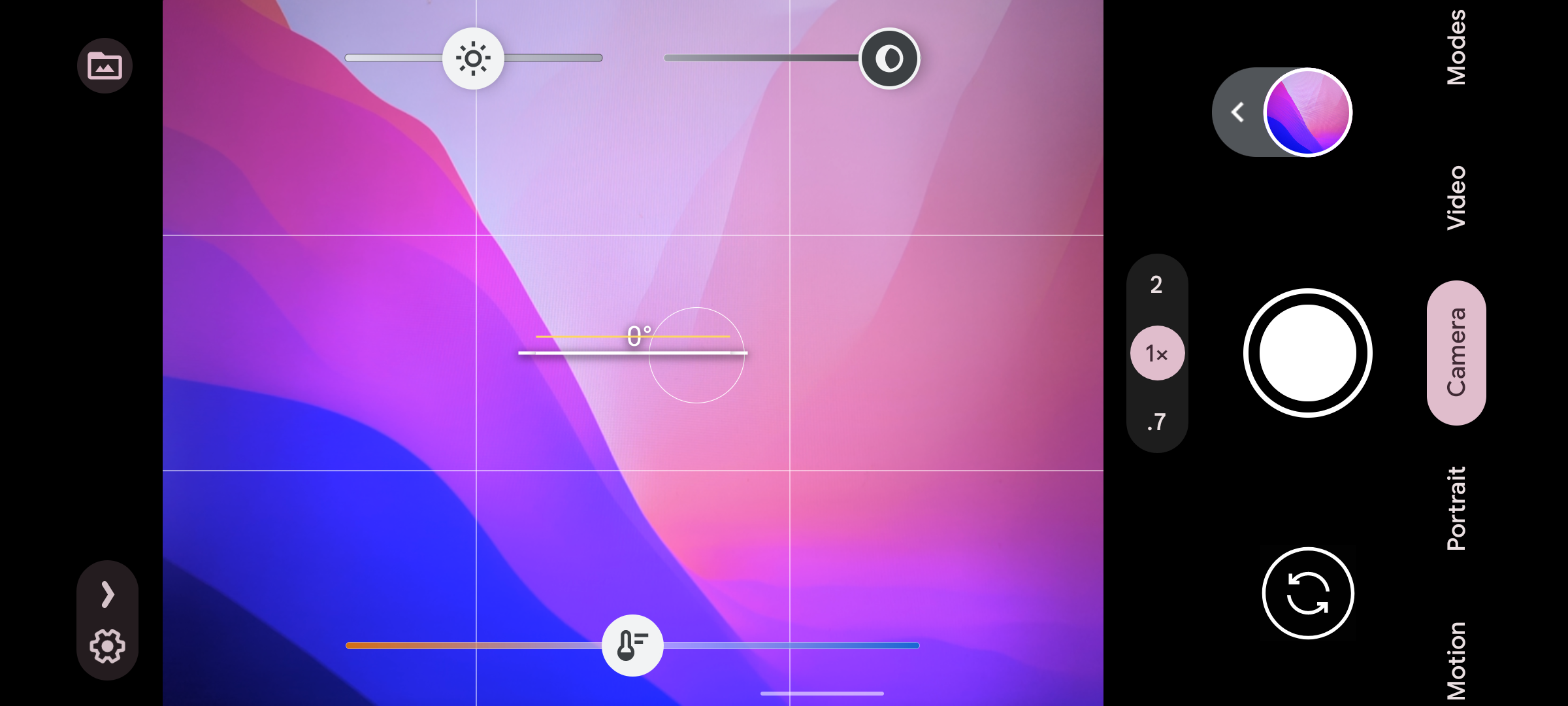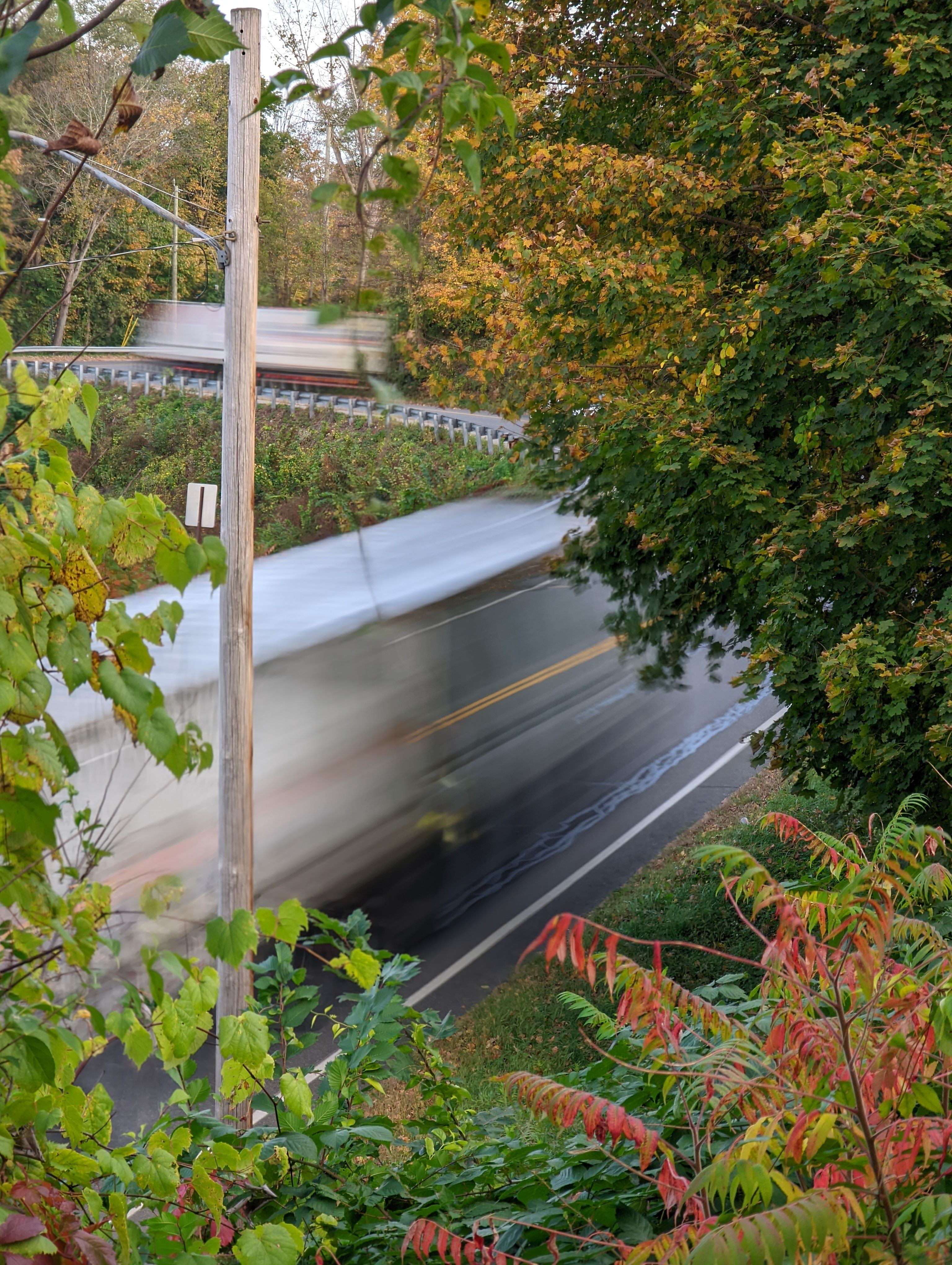While most smartphones come with capable cameras, Google's software-enhanced image prowess is a Pixel calling card. The Google Pixel 7 and Google Pixel 7 Pro feature the company's best cameras yet. While the hardware in the Pixel 7 series' cameras is close to what we saw in 2021's Pixel 6 and 6 Pro, Google continues to make advances in software and photo processing that make for a better camera experience with each new generation. Some of the best features aren't immediately obvious, though. Here are a few of our favorite Google Pixel 7 camera tricks.
Add grid lines to the viewfinder
Composing a frame is an essential skill in photography. If you think your composition could use a boost, your Pixel allows you to add grid lines to the camera viewfinder. These lines are always visible and help you arrange your shots in visually pleasing ways. When in doubt, line something up with one or more of the grid lines.
- From the camera app, go to Settings.
- Tap More settings.
- Under Composition, tap Grid type.
- There are options for 3 x 3, 4 x 4, and golden ratio grid lines.
Like many of the tips here, this one isn't exclusive to Pixels. Android phones from Samsung, OnePlus, and others offer similar options, though the implementation may vary from manufacturer to manufacturer.
Use the level
Getting perfectly level shots by sight can be tricky, even for pros. The Pixel 7's camera app has a feature that makes it a breeze.
While shooting a photo in either portrait or landscape orientation, with your phone within a few degrees of being level, you'll see a few horizontal lines and a number appear. When the white lines line up with each other and the number is 0°, the horizon is level in your shot. When the white lines overlap the yellow line, your phone is perpendicular to the ground and parallel with things like walls and standing subjects.
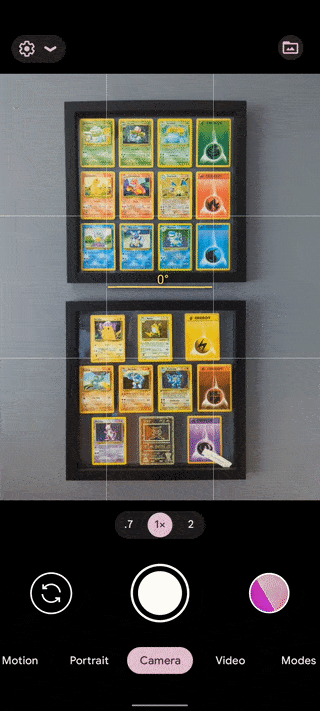
If you're shooting a photo with your phone's camera pointed straight down (or close to it), you'll see two plus (+) icons appear. When you align the stationary white plus icon with the floating yellow one, your phone is level and presumably parallel with any surfaces between the ground and your hands, like floors or tables. This can be handy for getting perfectly flat photos of things like documents (or anything cool you see on the ground).
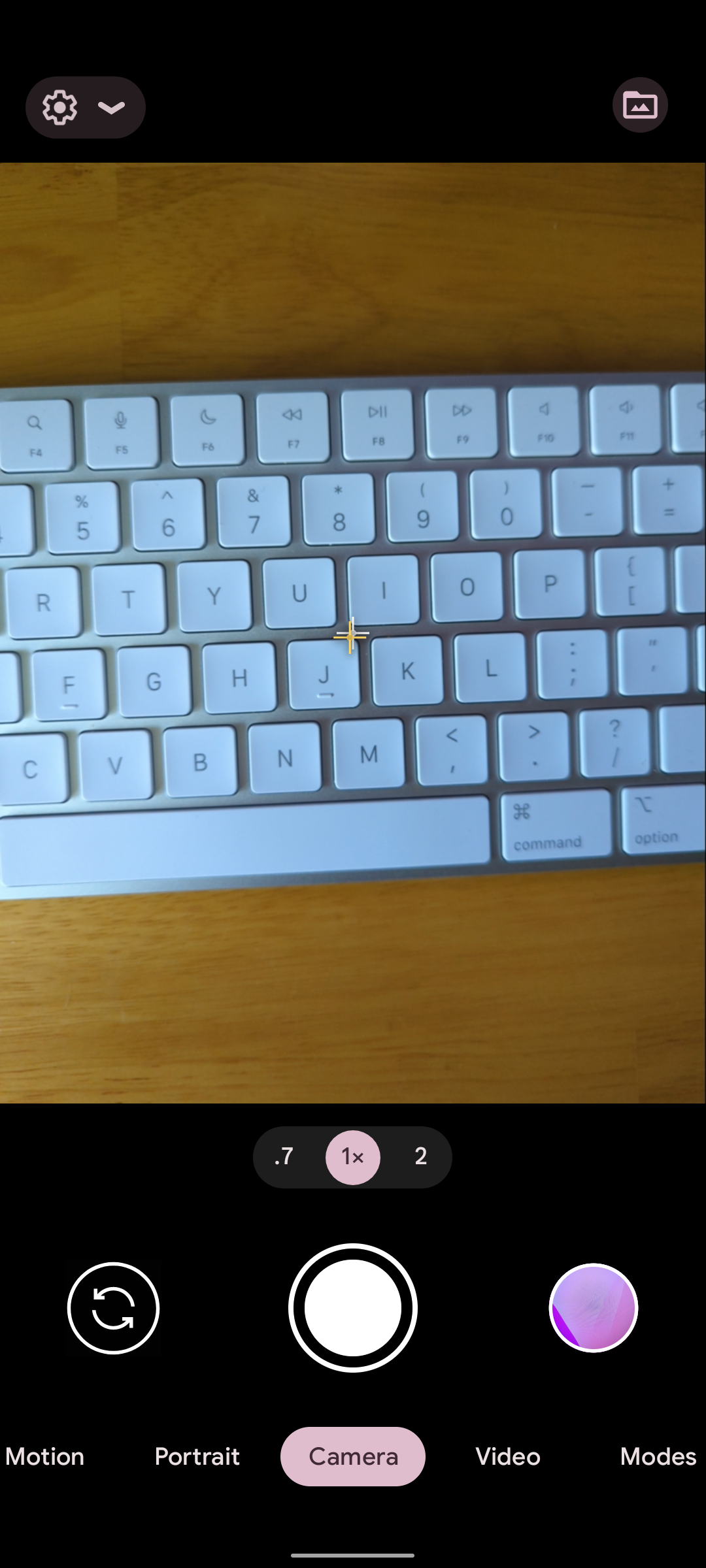
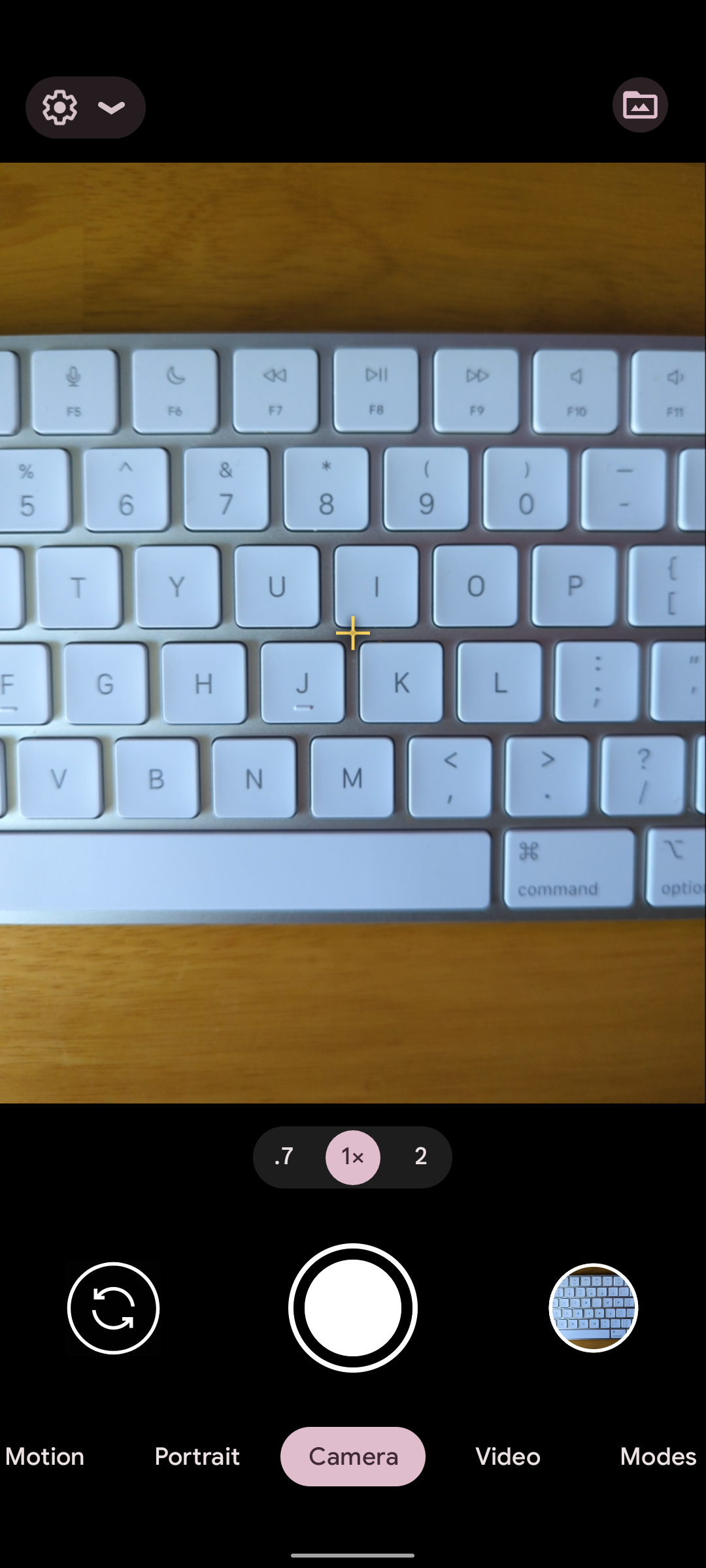
Tweak exposure, shadows, and temperature
When you tap to focus on the Pixel 7's viewfinder, you'll see a few sliders appear. These sliders control exposure, shadows, and color temperature.
- The icon that looks like the sun is exposure. This slider adjusts the overall brightness of your photo. Up (or left) makes the image brighter, and down (or right) makes it darker.
- The crescent moon icon adjusts shadows (the dark parts of your image). Sliding up brightens shadows, and sliding down darkens them.
- The temperature slider skews the colors in your image to be warmer (more amber) or cooler (more blue), depending on the direction you move it.
These sliders are handy for dialing in the look you're after before you take your shot, which can save time editing later. The settings persist as long as you have the viewfinder open, but you'll need to make your tweaks again if you navigate away from the camera app.
Try Motion modes
The Pixel 6 debuted two new photo modes that are still available in the Pixel 7: Action Pan and Long Exposure. Action Pan adds a fake motion blur around a moving subject. Long Exposure mimics the look of taking a long exposure. Stationary objects are clear, but anything that moved when you took the photo has a blur effect applied. These are tricky techniques to pull off with dedicated cameras, so being able to "fake" them with a phone is handy.
To access these modes, tap Motion at the bottom of the camera app (to the left of Camera, just past Portrait). Action Pan works best on single moving subjects. Long Exposure works anywhere there's motion.
Switch cameras with a gesture
Swapping between the rear and front cameras on Pixel 7 is effortless. All you do is tap the Switch icon near the bottom of the screen. If that button is hard to reach, there's a gesture to swap between cameras: twist the phone like a doorknob two times. The phone vibrates and swaps to whichever camera you're not currently using.
You can also use this gesture to take a selfie without using your phone's touchscreen. Double-tap the power button to open the camera app, twist the phone twice to switch to the front-facing camera, then press either volume key to snap a selfie.
Shoot in RAW format
If you're into photography, you may be familiar with shooting in RAW. RAW files take up a lot of storage space, but they're minimally processed and allow for more editing flexibility with a compatible app like Adobe Lightroom.
Google's post-processing is one of the best things about Pixel phones' cameras, so your photos might not benefit much from manual processing. But it's still a fun exercise. Here's how to give it a try.
- Open the Camera app.
- Tap the Settings gear in the upper-left corner.
-
Tap More settings.
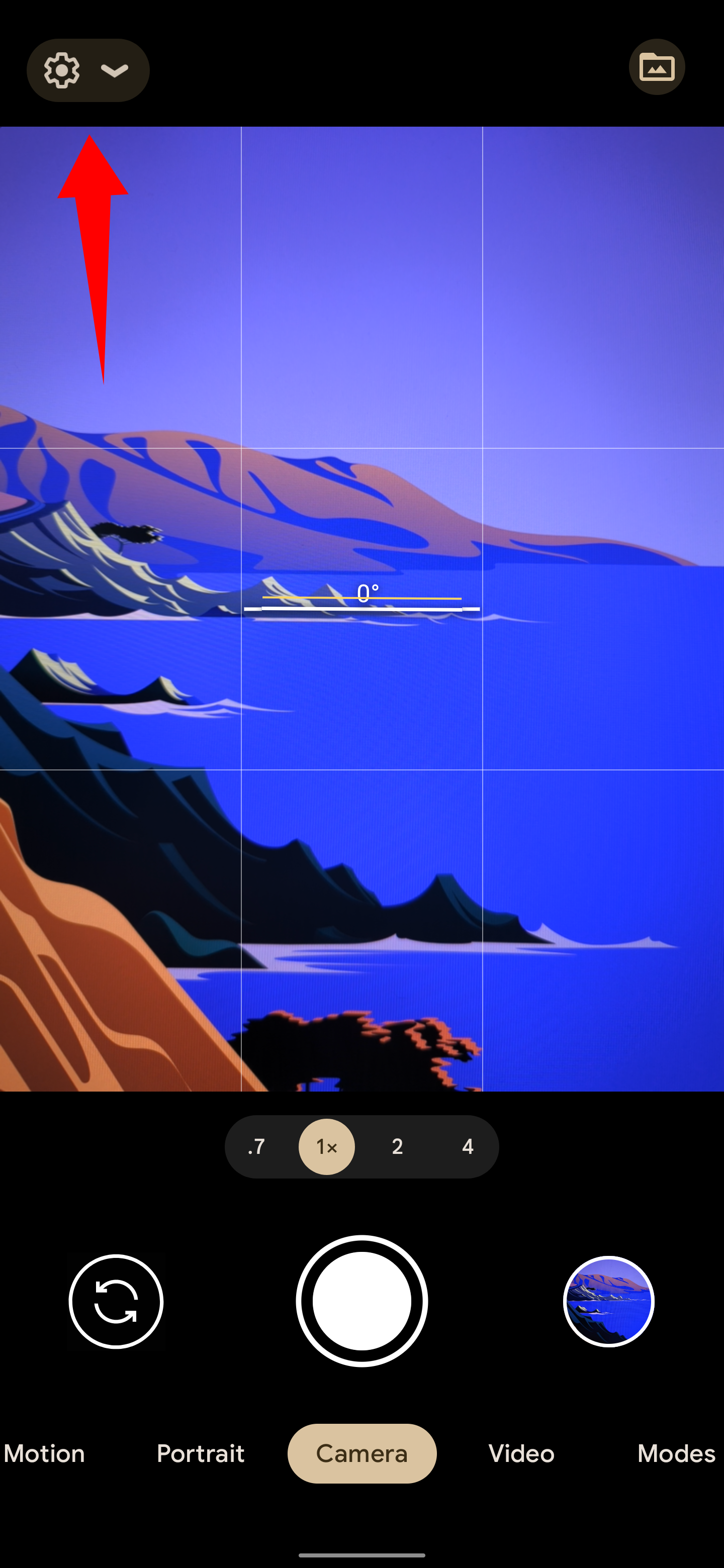
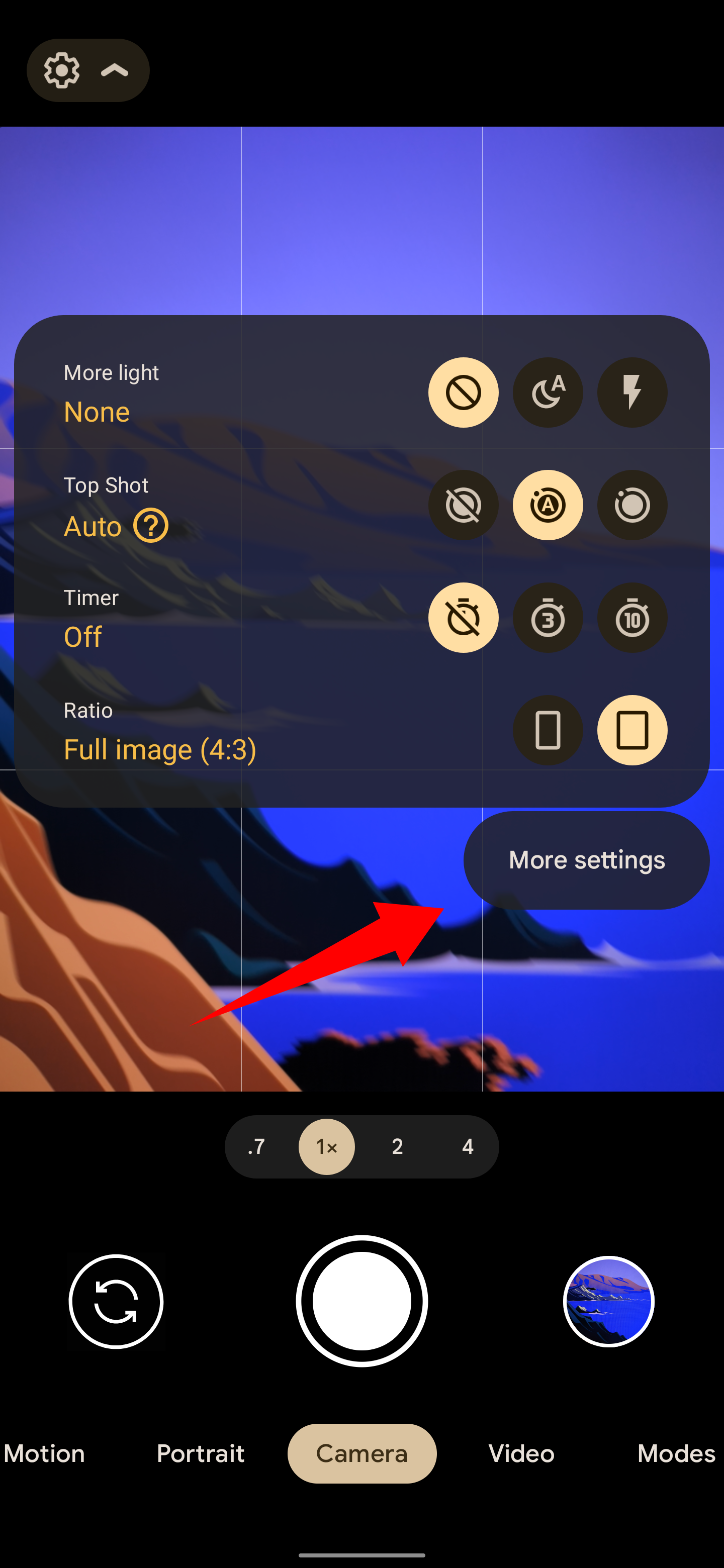
- Go to Advanced.
-
Toggle the RAW+JPEG control option to on.
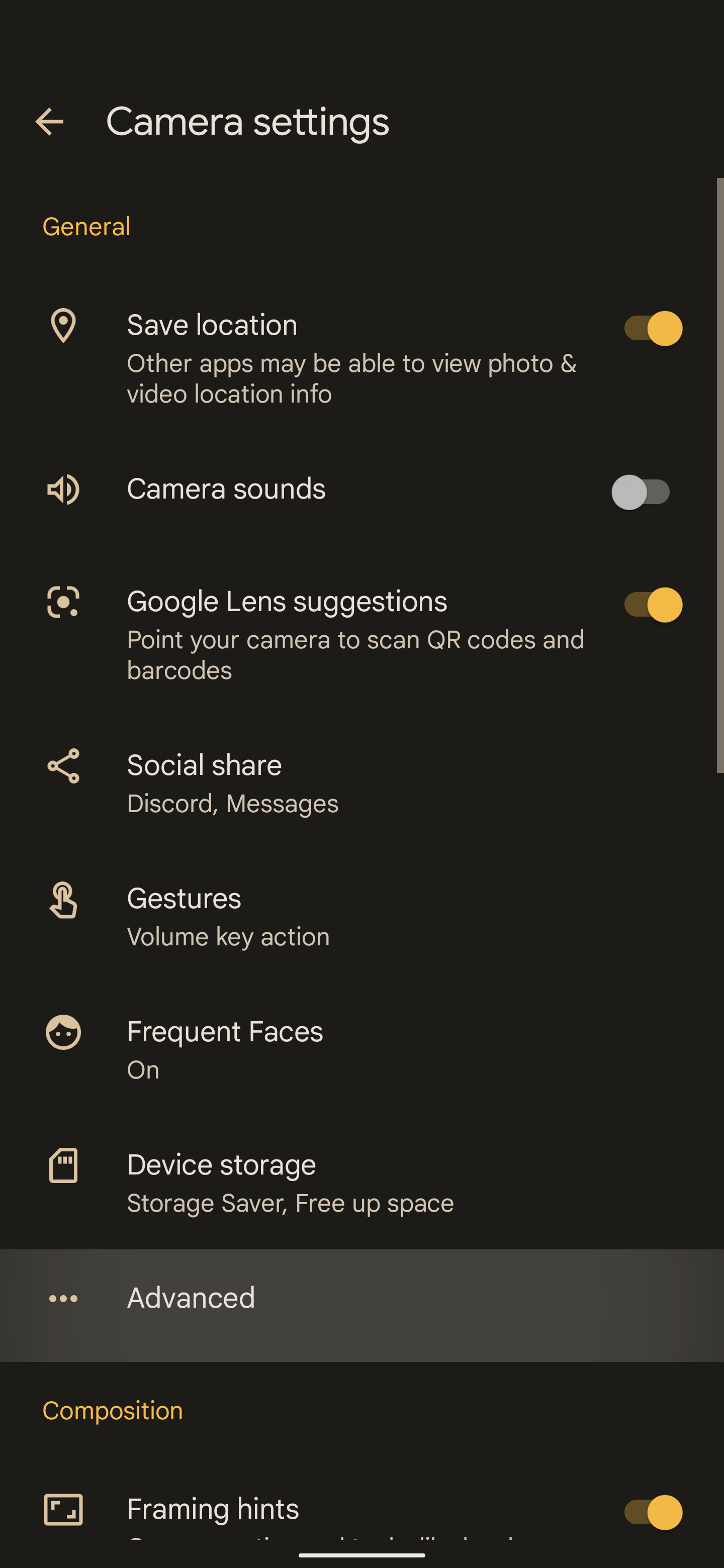
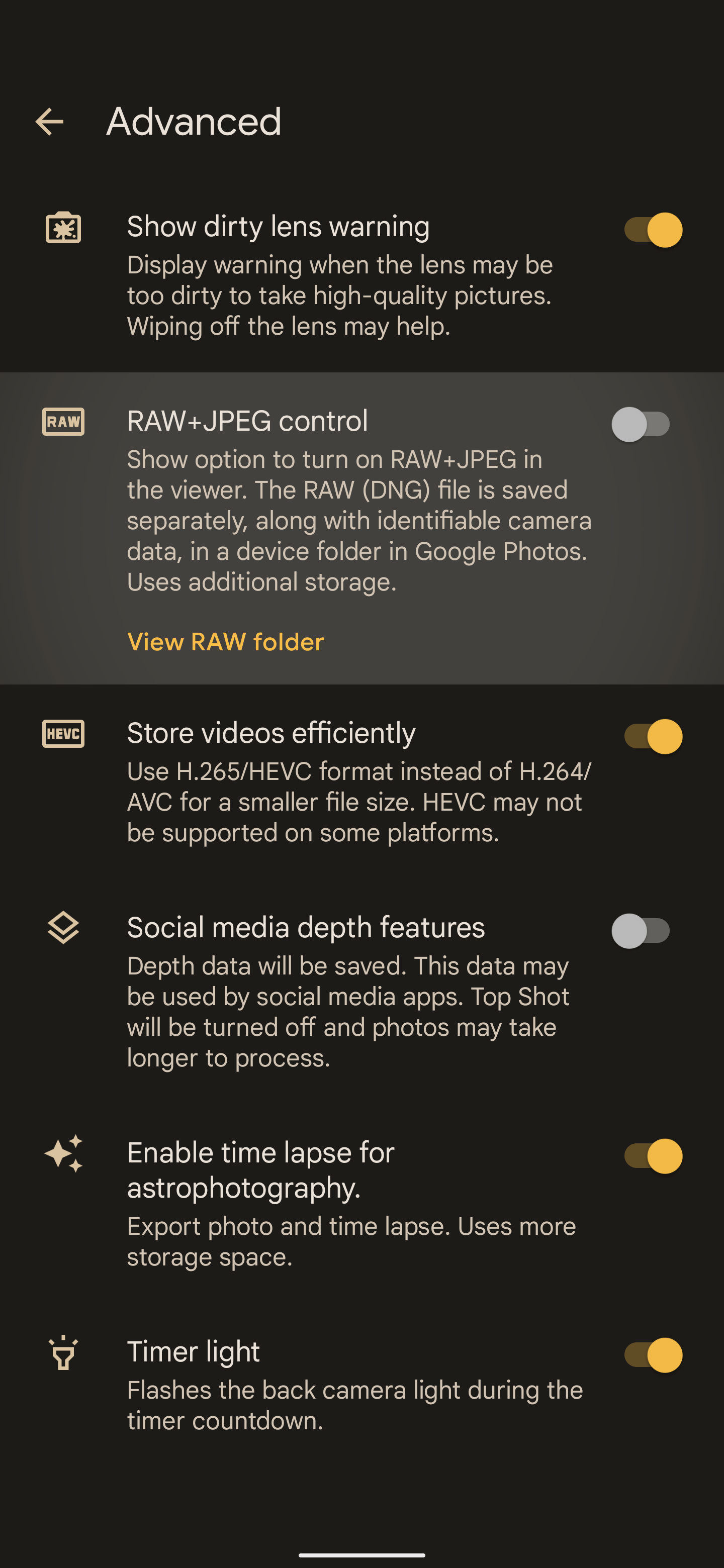
-
To toggle RAW capture on or off, tap the Settings gear in the Camera app and choose the appropriate icon under RAW.
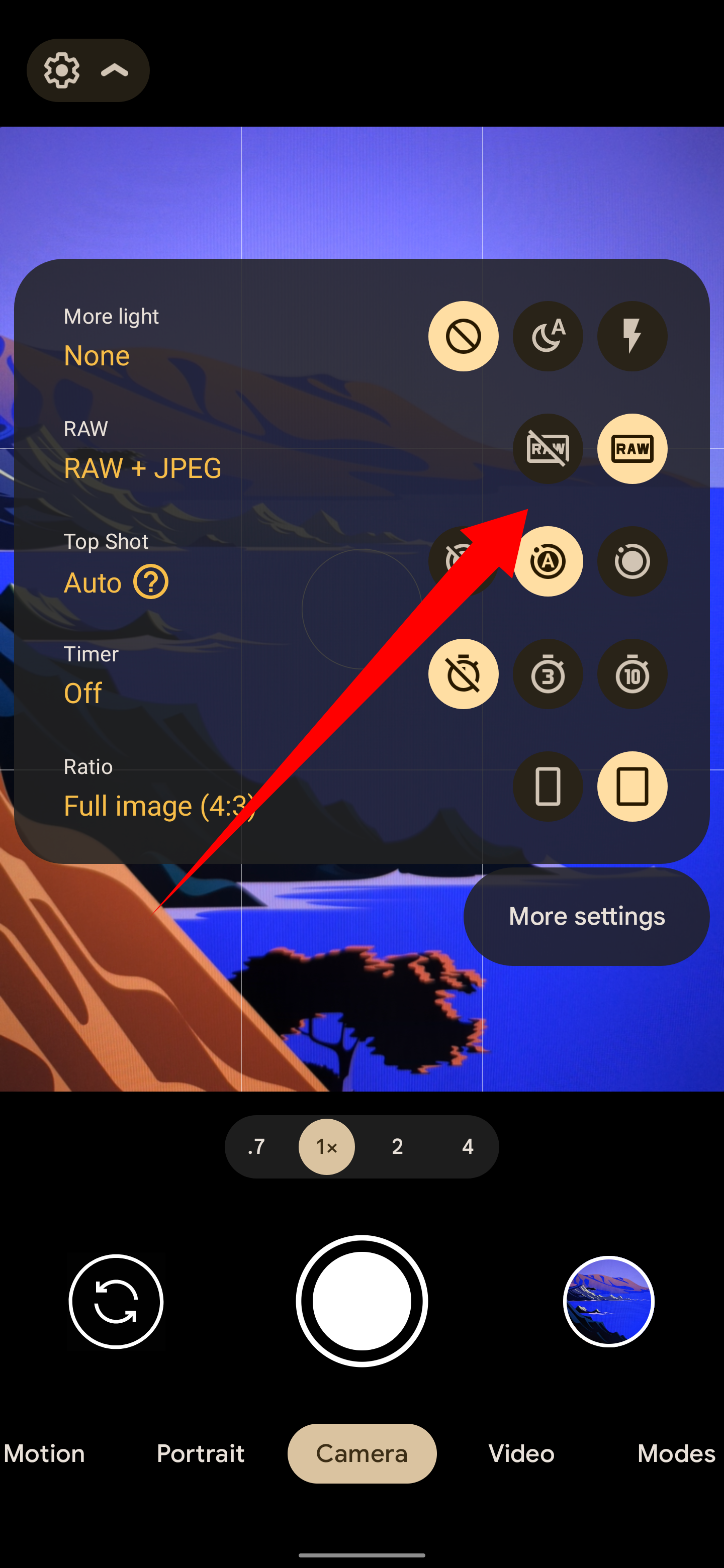
On Pixel phones, RAW files are saved in their own folder that's not backed up in Google Photos, but the phone still saves a processed version of every photo you take, even with RAW capture turned on. Remember to turn RAW capture off when you don't want to use it. The files take up a lot of local storage.
You'll need a RAW-compatible app to edit the files. Google Photos won't work, but there are plenty of options, including Lightroom and Google Snapseed.
Don't be afraid of that 2x button
While the Pixel 7 Pro is equipped with a 5x telephoto shooter, the standard Pixel 7 doesn't have a dedicated zoom lens. Both phones show a 2x option in the camera app's viewfinder. If you're not using it, you should be.
You can "zoom with your feet," so to speak, to get closer shots of the things around you, but the Pixel 7's 2x telephoto option, with an equivalent focal length of 48mm, takes photos with a perspective that looks more like what you see with your eyes. Compared to shooting at 1x, 2x photos "flatten" depth at near and medium distances, making objects in the background appear closer than they would at 1x.
Left: Taken at 1x. Right: Taken at 2x.
This feature has been available on Pixel phones going back several generations (as well as other phones from other OEMs). However, Google has made a point to talk up the Pixel 7 series' 2x chops, saying it tweaked its camera software this generation to improve digital zoom. Give it a try.
Make every photo a motion photo
Photos taken on Pixel phones sometimes come with short video clips taken at the same time. This is part of a feature Google calls Top Shot, and the short videos are called "motion photos." By default, your Pixel only saves motion photos sometimes and at its discretion. But you can easily set it to save a motion photo every time you tap the shutter button.
- Open the Camera app.
- Tap the Settings icon in the upper-left corner.
-
Next to Top Shot, tap the rightmost icon to turn the setting On.
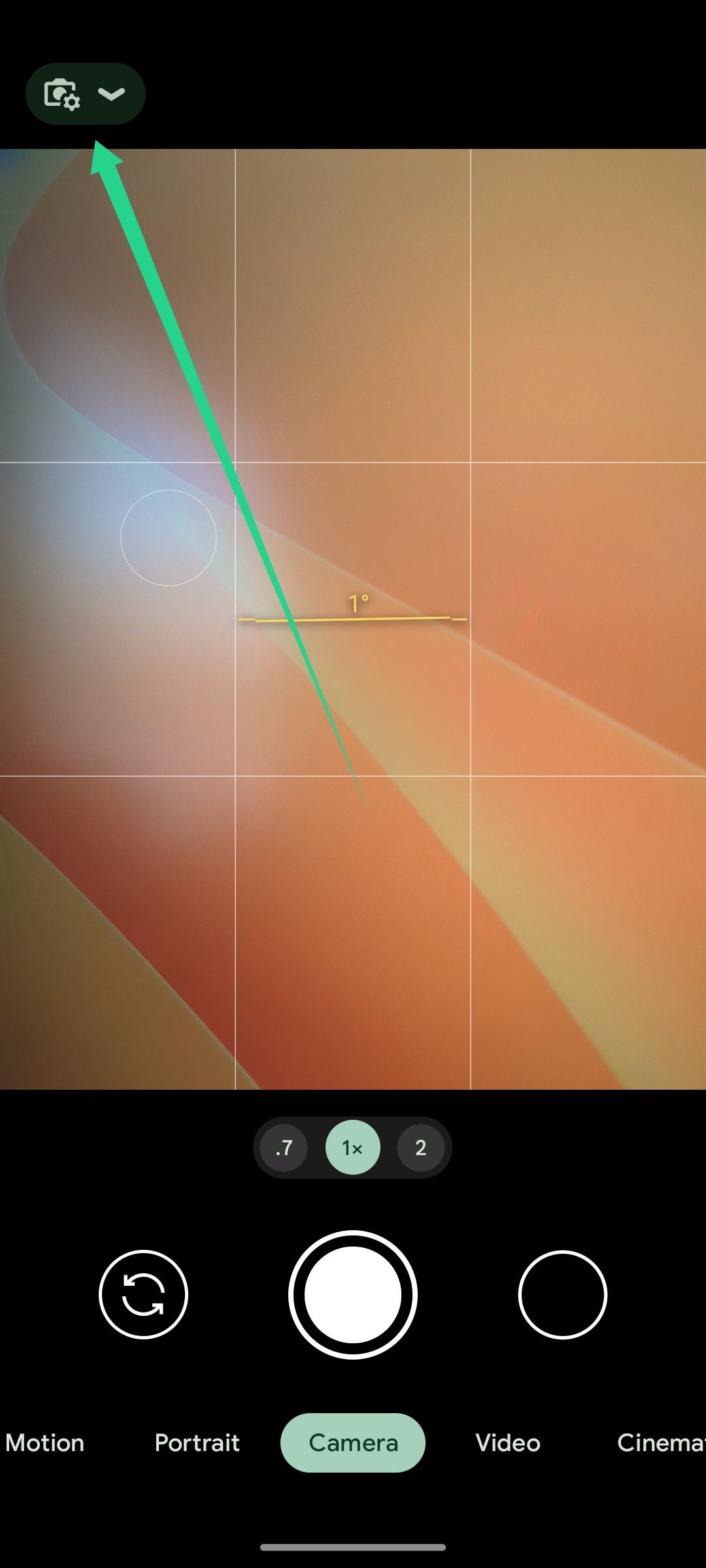
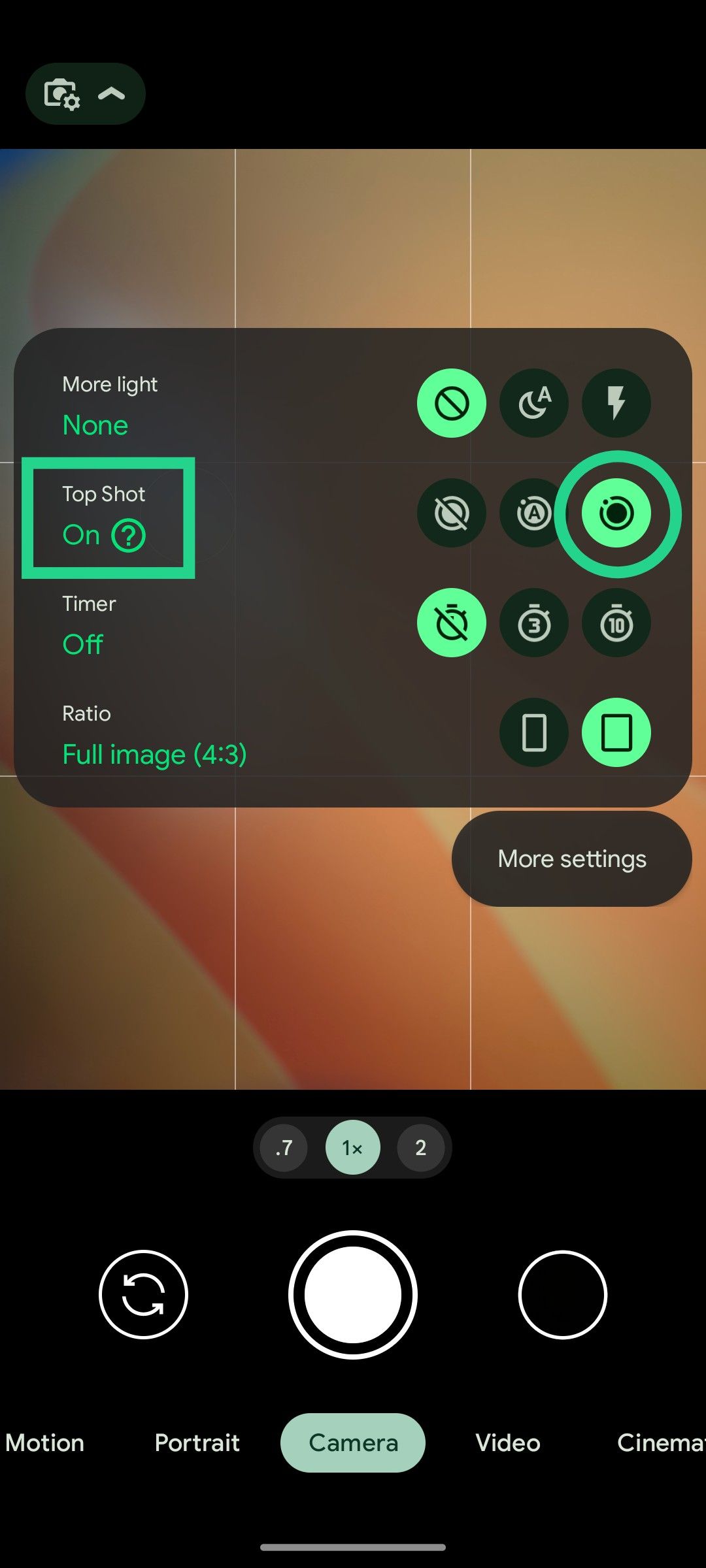
Photos captured with Top Shot also save a motion photo — a short video of the action. In Google Photos, you can save individual frames of the video as separate images or export the animation as either a video file or a GIF. Give it a try the next time you're taking pictures somewhere with a lot of activity.
Motion photos aren't saved when you use certain features, like Night Sight or the camera's flash.
Fix blurry photos, even from other phones
This isn't strictly a camera tip, but it involves photos. With the Pixel 7, Google introduced a new feature inside Google Photos called Photo Unblur, which tries to remove motion blur from pictures after they've been taken, even if those pictures are from a phone that isn't a Pixel. It won't miraculously save photos you've been hanging onto since you owned a flip phone. Still, it's pretty good about restoring some believable detail to mildly blurry photos, especially of faces.
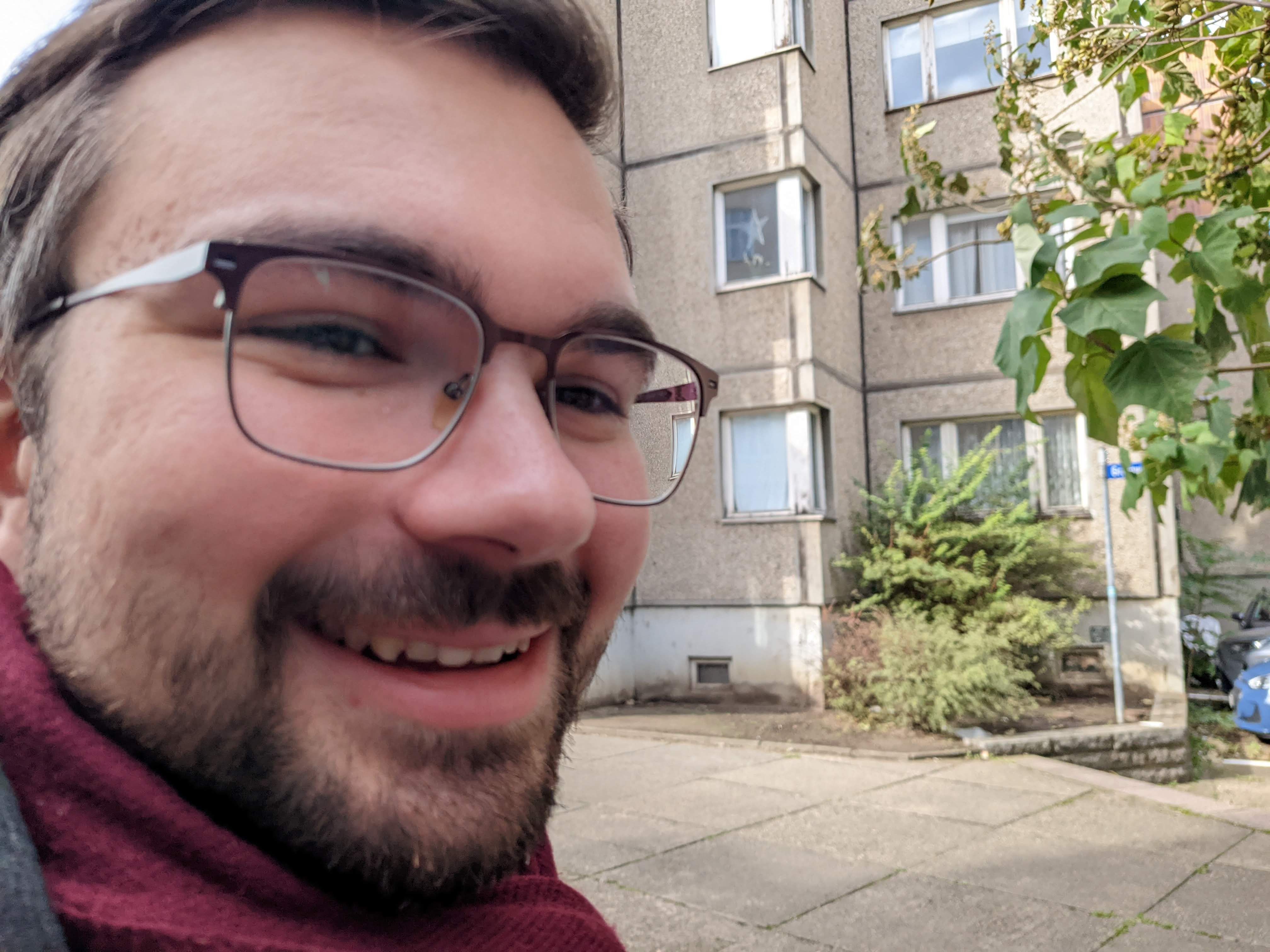
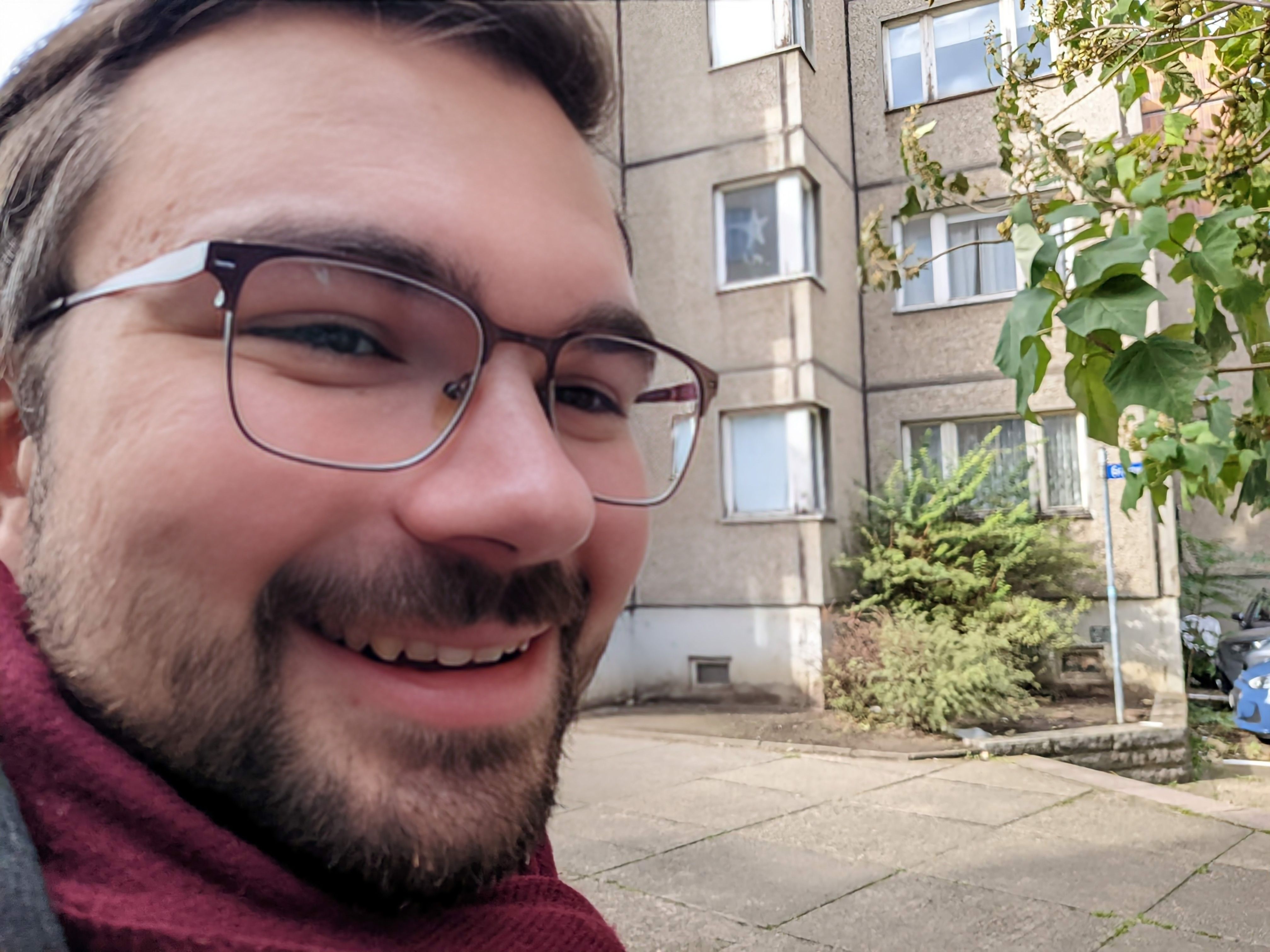
Left: Before. Right: After.
This feature is exclusive to the Pixel 7 series. To use it, find a blurry picture in the Google Photos app, tap Edit, and tap Unblur. Then use the slider to adjust the strength of the effect. While you can only use this feature on a Pixel 7 or Pixel 7 Pro, you can use it on photos taken on any phone. Unblurred pictures are saved as copies, so you'll need to manually add those to any albums your blurry photo appeared in.
Take your smartphone photo game to the next level
We hope you picked up some useful Pixel camera tips! For in-depth how-tos, check out our guides on using Action Pan and Long Exposure on Pixel phones and shooting RAW on mobile. To get a better handle on the differences between the camera setups on Google's latest phones, check out our Google Pixel 7 vs. Pixel 7 Pro camera shootout.
Interested in the nuts and bolts of how mobile photography works? Read our explainer on pixel binning. It explains why the Pixel 7's 50-megapixel camera takes 12.5-megapixel photos.
-
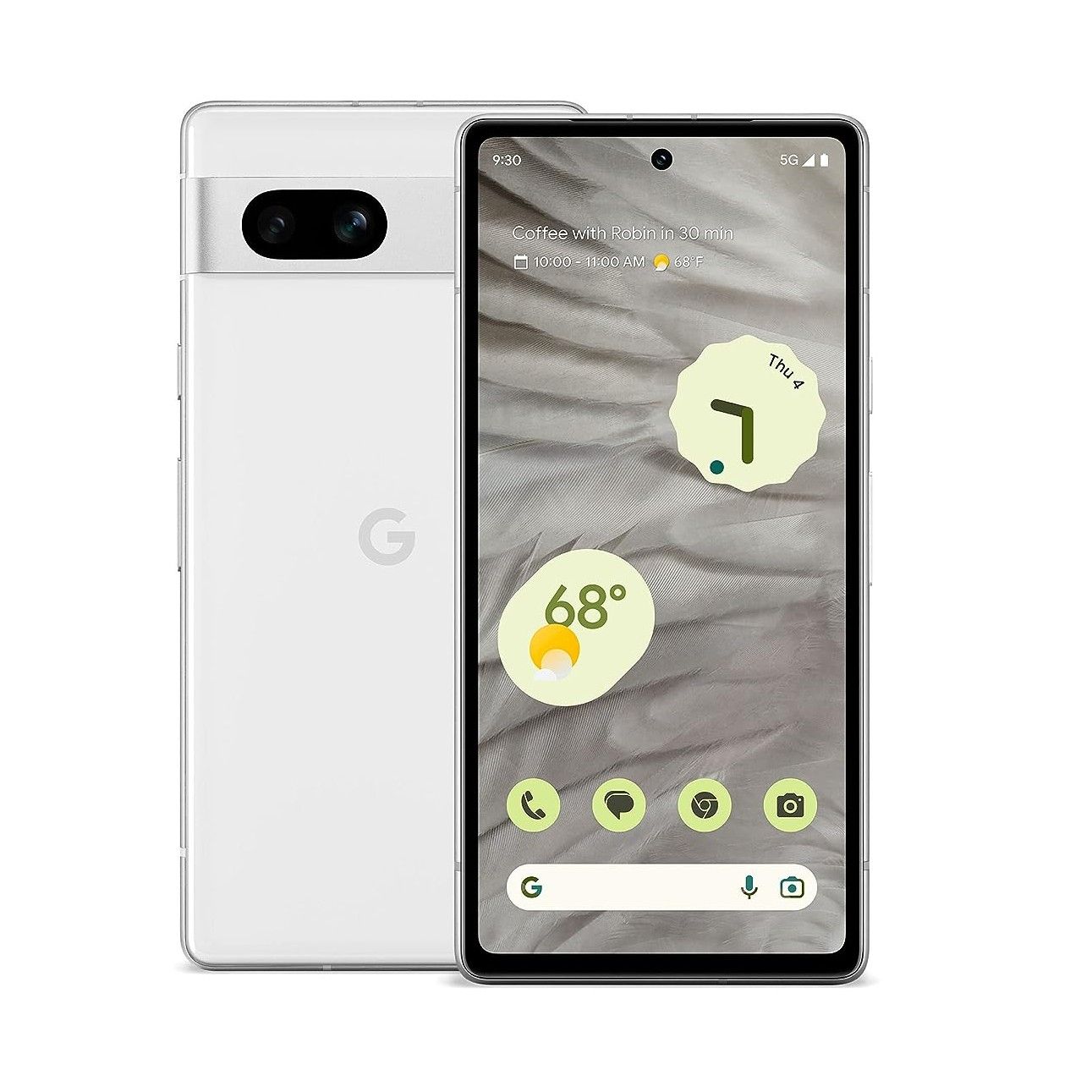
Google Pixel 7a
If you are looking for a new device at a midrange price, the Google Pixel 7a checks off all the boxes. It has a fantastic camera system, strong power, great software support, and good battery life. It may be midrange in price but feels closer to its flagship siblings overall.
-
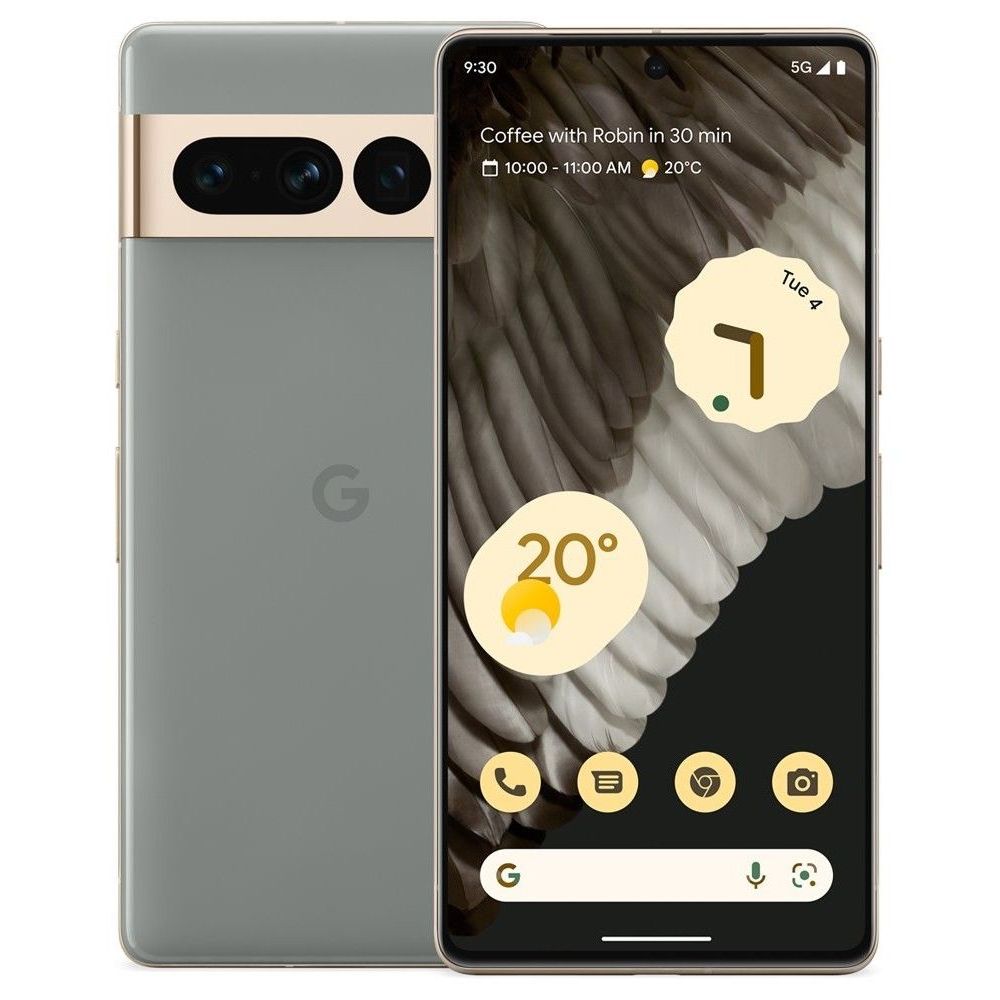
Google Pixel 7 Pro
Google's Pixel 7 Pro refines the Pixel experience after the 6 Pro's initial stumbles last year, improving stability and taking the camera prowess to new levels with image fusing and 4K60fps video on all cameras. 30W fast charging and Pixel's addictive features like automatic Call screening and Pixel recorder help make the Pixel 7 Pro an alluring phone even as an iterative update.
-
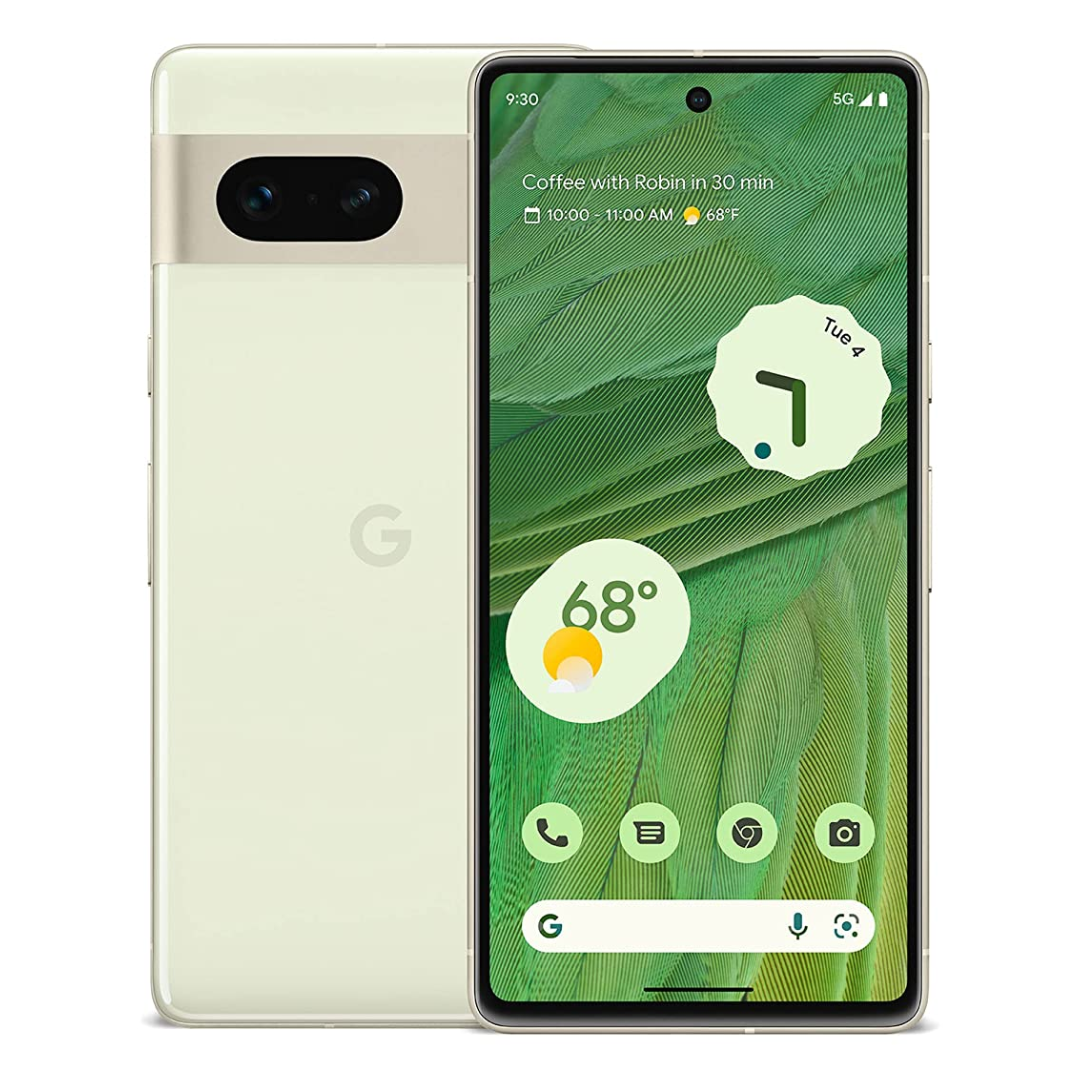
Google Pixel 7
Google did not reinvent the wheel with the Pixel 7, but there was no need to. With improved cameras, the next-gen Tensor G2 chipset, and Google's wonderfully feature-filled software, the Pixel 7 earns its price tag again this year.

